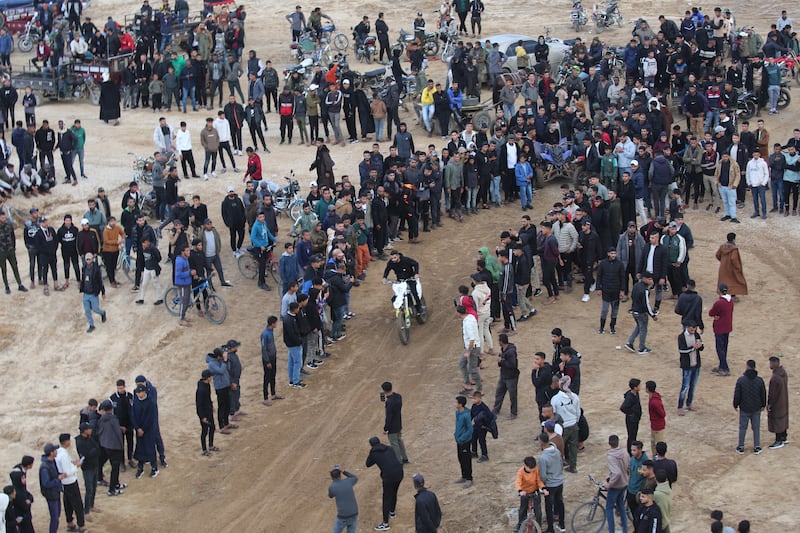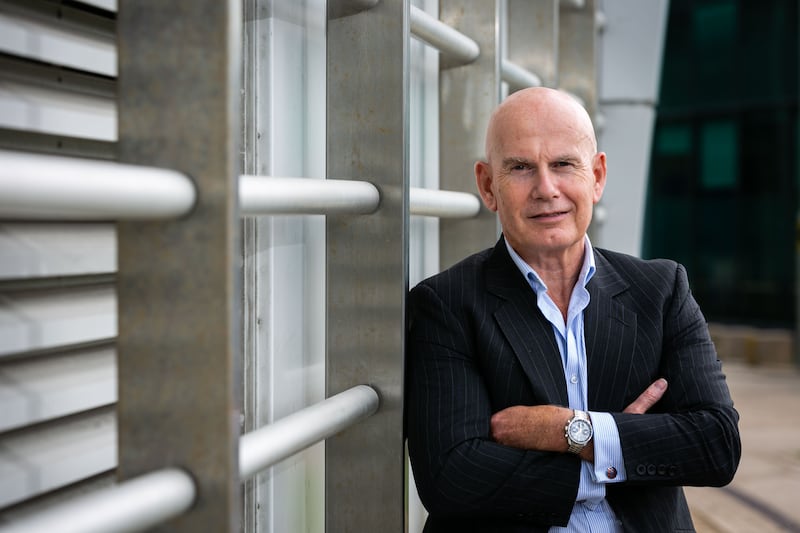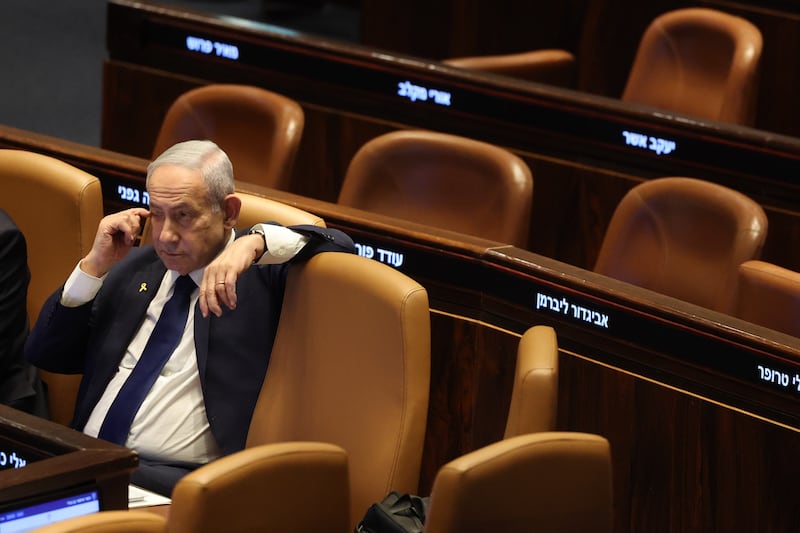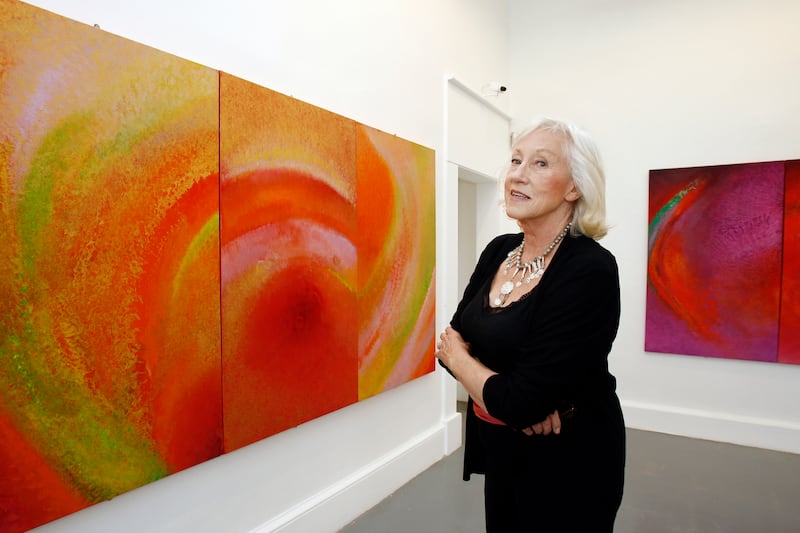By the time we get to the wolves, I realise Killian McLaughlin resembles a modern-day St Francis, not of Assisi but of Burnfoot, Co Donegal. He howls at them in greeting, and they immediately begin to howl back. We know that primal sound from our imaginations; from the dark mantra of fairy tales read in childhood. Three wolves howling really does sound as stirring and magnificent and scary as I had always imagined it would. I just never thought that the first wolves I’d hear howling would be in rural Co Donegal.
Wild Ireland is a 9-hectare (23 acres) site that McLaughlin opened as an animal and bird sanctuary in October last year. From Buncrana, where he still lives, he bought the land six years ago, when he was 29. Since then, he has been developing the site to resemble the correct habitats for each of the different kinds of creatures that have arrived here after being rescued.
The three wolves are siblings. “They were born in a zoo in the UK and the mother wasn’t looking after them. The zoo was bottle feeding them, and looking for a home for them. I said I’d take them.”
McLaughlin drove over to Britain last spring and brought the then three-week-old cubs back in his car. He raised them in his home. As we approach their enclosure, they run right up to the fencing. It’s clear that they know him. In fact, his jacket is muddy from an earlier visit to the wolves. “They were jumping up on me,” he says, with matter-of-fact affection; the same way someone might talk about an over-excitable dog.
Here are some of the other things that happened as we walked around the sanctuary.
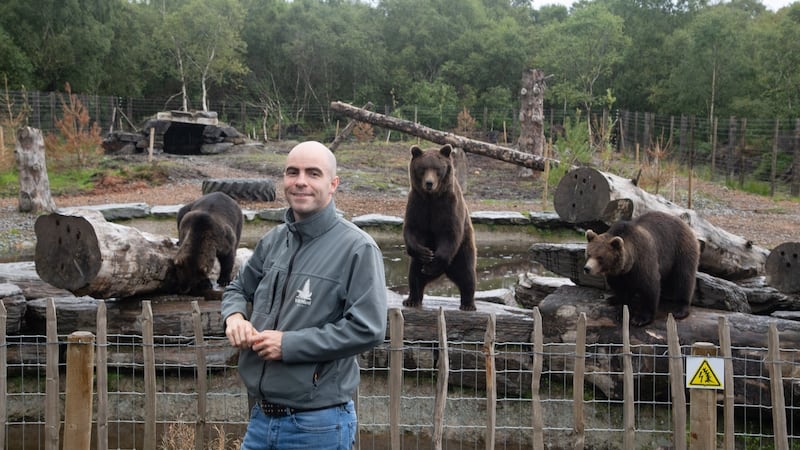
The three brown bears at the bear enclosure, which were rescued from a cage in Lithuania, turn around when they hear his voice. This time, McLaughlin has a handful of food with him; fruit. He tosses it into the water at the fore of the enclosure. One bear enters the water and starts searching for the fruit. McLaughlin watches approvingly.
“When I got them, none of them were swimming. They didn’t know how to climb trees. Now two of them are going into the water, and hopefully the third one will soon. It’s so important for a bear to swim. When they came here first, they were just pacing up and and down all day, and now they are much more relaxed.”
An otter that was found injured on Portrush beach by a member of the public is now in its own large pond. I can’t see it; but it’s somewhere in that body of water. McLaughlin makes an odd calling sound, clicking his tongue against his teeth. Suddenly, the otter appears; first as a line of bubbles underwater, streaking across the pond. Then it jumps out of the water and comes running right up to us, and lies down at our feet. There’s glass between us, so it can’t get any nearer. I watch it carefully, and it honestly does not once take its gaze away from McLaughlin.
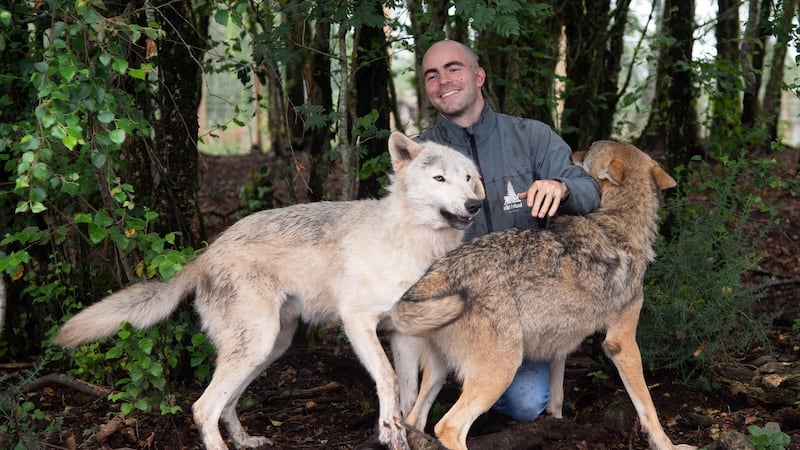
A small red deer, who was sharing an enclosure with two rare brown soay sheep, a rooster, and some cranes, comes trotting elegantly across as soon as she sees McLaughlin. “She was brought to me as a fawn. Found at the side of the road,” he says. “I took her home and bottle fed her.” The little deer stays as close as she can to him, moving along the fence beside him, until we leave the enclosure behind us.
A completely bizarre-looking bird, and one new to me, is the capercaillie. It’s enormous; resembling a turkey, crossed with a giant parrot. McLaughlin makes another sound, and the bird comes out of the place where it is roosting, and straight over to him, prancing around. That capercaillie doesn’t budge until we leave.
I was always interested in animals. They were the first love of my life <br/>
At the island where four Barbary monkeys now live, McLaughlin points one out to me; the one sitting atop a tree. “He still hits himself on the head sometimes. He was badly abused.” Another monkey, which was in a circus, had all his teeth removed. Another monkey was used as a mascot on an Algerian trading ship. The fourth was found abandoned on the streets of Paris; presumably after its owner realised how large it was growing; Barbary monkeys are about the size of Labrador dogs.
There’s a lone lynx too. “She was someone’s pet, and they didn’t want her any more. I call her the original Celtic Tiger.”
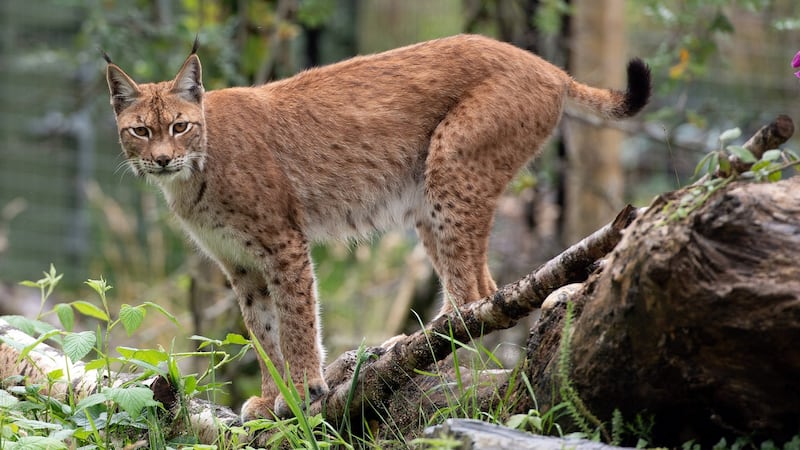
Strange as it sounds, Ireland was in fact once home to most of these creatures. I’m not absolutely sure about the monkeys. My note-taking becomes a bit scrappy as we traverse the paths and enclosures and see yet more fantastical birds and creatures.
There is also an incredible golden eagle with talons the size of barbecue tongs, mountain goats, and wild boar snuffling around their six piglets. Throughout, McLaughlin speaks passionately and knowledgeably about the environment, the plight of animals traded illegally, habitats, the hundreds of trees he has already planted on the site, including 300 oaks.
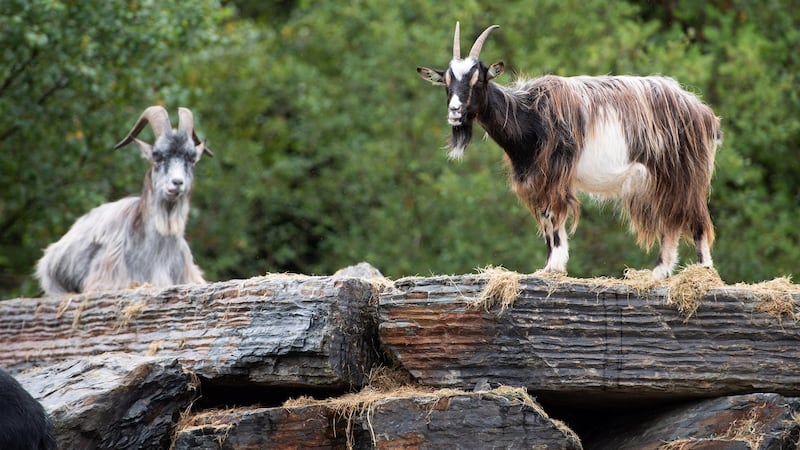
Since reopening, Wild Ireland has had 500 visitors a day. You can walk around by yourself, or in a group, and there are also several keeper’s talks a day. When I drove in, the car park was full. Admission is only by pre-booking, and there are two blocks of visitors a day; one in the morning and one in the afternoon. By the time McLaughlin and I sit down in the now-closed cafe to talk, the last visitors have departed. The wolves start howling again. It all feels a bit fictional, but it’s absolutely real.
By anyone’s definition, what McLaughlin has created among bogland in rural Donegal is remarkable, and hallmarked with the stamp of a singular personality. Where did it all start?
“As a young boy,” he says. “I was always interested in animals. They were the first love of my life. I got my first hamster when I was five. My first snake when I was six. In the spring time, all these otters and birds and foxes would end up in my back garden. People brought me injured animals. I had a jackdaw called Jack. I taught him to say ‘Hello’.”
Then McLaughlin, who with his wife welcomed a new baby during lockdown, incants the current non-human members of their household.
“A 17-foot Burmese python. A boa constrictor. A king snake. A milk snake. Four dogs. Lizards and turtles. Fish. The deer and the wolves were at home, but they’re here now.”
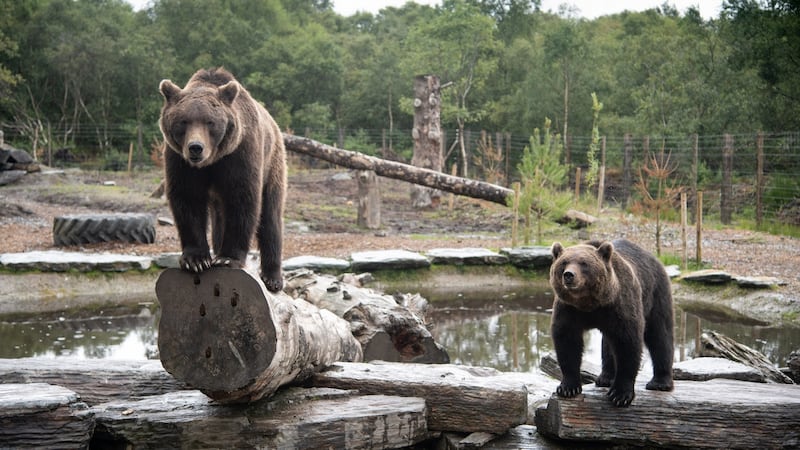
This is not McLaughlin’s full-time job, although creating Wild Ireland sounds like it was a full-time job. He’s a solicitor, with a practice in Buncrana. Prior to studying law, he studied zoology in Britain, did work experience at Dublin Zoo, and also has an additional background and qualification in multimedia and web design. It’s his special love for, and relationship with both the environment and the animal world that drove him to establish this sanctuary.
“I was very aware of the plight of these animals being held in circuses, or as illegal pets, or in roadside zoos,” he says. His three bears were originally held in private captivity in Lithuania, as a paying entertainment for locals; in the horrendous conditions of a small, confined cage. There’s a photograph of this cage by their new enclosure. They were initially rescued by an international charity called Bears in Mind, and temporarily transferred to a holding sanctuary in Belgium, called Natturhelpcentrum.
“When I had this place in mind, I put the word out there that I was doing this, and I was inundated with requests to rehome animals.” He was asked to rehome tigers, but due to Ireland’s climate, he is only taking animals suited to Ireland’s natural environment and weather temperatures.
In the 1980s, there were a load of guys in Omagh with tigers <br/>
Representatives from the Belgian sanctuary travelled to Donegal to check out in advance the proposed new home for the bears. In preparing the habitat, McLaughlin was advised by Douglas Richardson, a Scot who is a long-time authority on animal welfare in European zoos. He’s Head of Living Collections at the Highland Wildlife Park in Kingussie in Scotland.
The bears duly arrived in Ireland at the beginning of last October: driven there by people from Natturhelpcentrum. You may unwittingly have seen a truck crossing Ireland last autumn, with three bears in it. The bears were briefly tranquilised to get them safely into their crates, and then released into their enclosure on arrival.
I ask McLaughlin if he is familiar with Joe Exotic and the extraordinary Netflix series and lockdown hit, Tiger King. Well, do McLaughlin’s bears do things in the Donegal woods?
“I knew about Joe Exotic for years,” he says. Then casually adds that one of his staff members previously worked for Carole Baskin at Big Cat Rescue. I am utterly agog. (Baskin is a key character in the documentary series, which follows the truly surreal events in the lives of esoteric Americans who variously keep, breed, and rescue big cats in private ownership.)
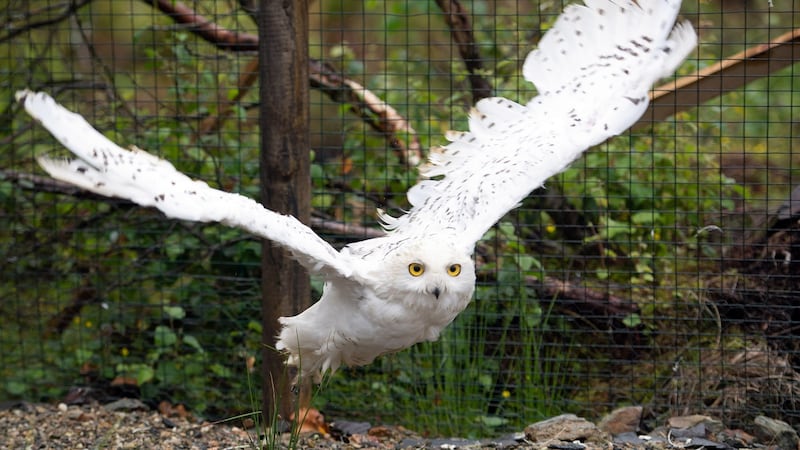
“There are lots of people like them in the US. People keeping tigers in their back gardens.” You might think that this could never happen in Ireland, but think again.
“There is no Dangerous Wild Animal Licence in Ireland, but there is in Britain,” he explains. “So you don’t need a licence for say, a tiger. In the 1980s, there were a load of guys in Omagh with tigers.”
What about today? There follows some off-the-record conversations about the affections certain elements of Irish criminality have had in the past for extremely large snakes. And somewhere in Ireland, there are currently two tigers on someone’s private land. Big cats are hard to hide when you live in a country where everyone knows everyone.
As for what’s happening elsewhere in the world, animal trafficking and abuse continues, sometimes in full public view. McLaughlin recounts a trip to Moscow, where he saw baby chimps, baby clouded leopards – an endangered species – and baby orangutans on display in an ad-hoc zoo in a shopping mall. It was beside a shop selling elephant ivory. “When you see babies and no mothers, you know they were stolen.”
So what about the challenges and logistics of running such an enterprise as Wild Ireland? The cost, for instance? The animals and birds are all rescues, but even a child can guess that it costs a lot to feed a big bear. Bears eat fresh vegetables and fruit, nuts, seeds, chicken and turkey; each one consumes 5kg of food a day. They’re fussy too: they only eat fresh food, same as humans. McLaughlin shows me a receipt for the cost of what the three bears and four monkeys consume in one week. I know some people whose monthly mortgages are cheaper.
Then there was endless paperwork, and guidelines to be met. Public liability to be considered. The site was examined. The staff are specialist in dealing with wild animals, as they need to be.
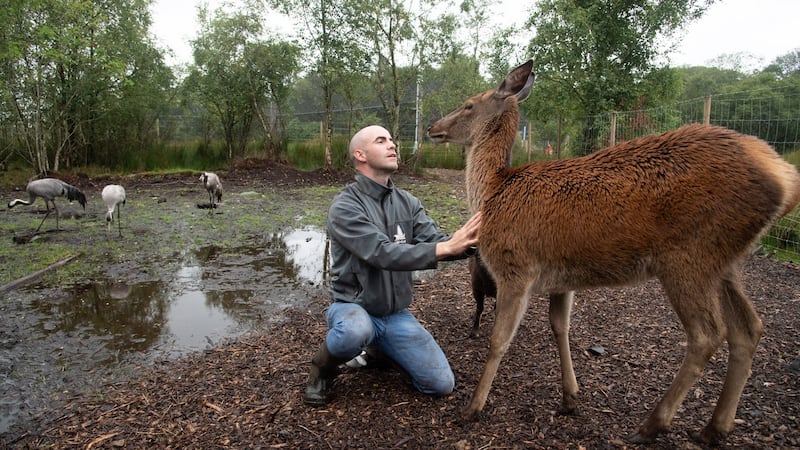
The local population have been mostly supportive about their new wild neighbours. “One neighbour put it to me that a rising tide lifts all ships.” Tourists are frequenting the local shops and filling their cars with petrol locally. There is a night watchman on duty each evening, in case of theft, or mischief of any kind. They may be rescue animals, but the bears are absolutely capable of killing a human, if provoked. I don’t know what a wolf would do to me if I met it on a dark night, even one raised in captivity, but I’ve read the fairy tales.
What about Green Party leader Eamon Ryan’s recent suggestion that wolves be reintroduced to Ireland?
McLaughlin shakes his head. “It’s not possible to reintroduce wolves. We haven’t the space. Look at it this way. Yellowstone Park [in Wyoming] reintroduced wolves. But the park is 2.2million acres and there are only 60 wolves there. Wolves need a lot of space. Donegal is the second biggest county in Ireland, and it’s only 1.2 million acres. It wouldn’t work. There isn’t enough space. Ireland is too built up.”
What’s next for the new father, full-time solicitor, and owner of Wild Ireland? “I would really love to make everything bigger,” he says. “Make all the enclosures bigger. Plant more trees. I would love to have 100,000 acres and make it properly wild. I do love the law as well, so I won’t be giving that up. It’s a family practice.” His father Ciarán, former state solicitor for Donegal from 1983 to 2005, and Killian’s wife, Katie Boyce, also work at CS Kelly & Co, among others.
Meanwhile, Ireland is soon to get its own version of Tiger King. The name of the documentary series is yet to be decided – personally, I’d call it Bear King – but the first of a four-part series featuring McLaughlin and the creation of Wild Ireland will go out in early September on RTÉ One. Shane Brennan, the director of Moondance Productions, has been filming McLaughlin for the past two and a half years.
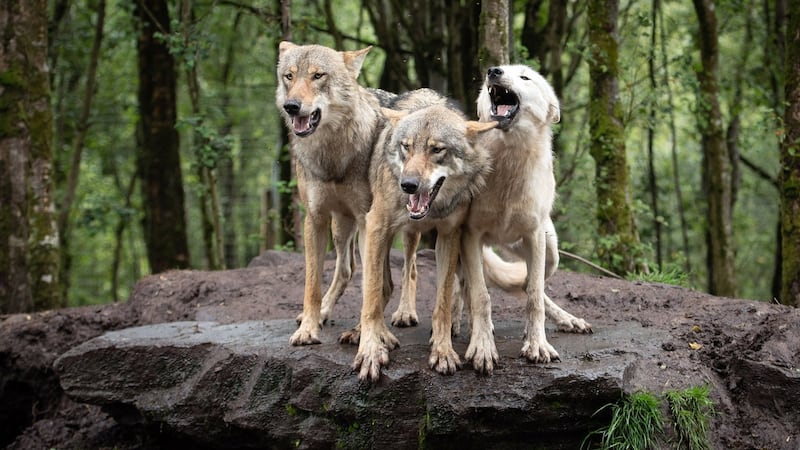
“We met in Dublin Zoo when I was doing work experience there.” Brennan had been working there on the series The Zoo. With the director’s eye for a future possible story, he asked McLaughlin to keep in touch with him. Eventually, Brennan’s phone rang. The first digger was due to come on site the following day to begin the creation of Wild Ireland. Even though Brennan was out of the country at the time, he managed to send a cameraman to record that initial footage.
Since then, Brennan has tracked McLaughlin and his wife through the months and years to their opening. “They were here when the bears arrived. They were at my wedding.” As of now, it’s planned the four half-hour episodes will go out over four weeks before the nine o’clock news.
Given the enormous recent interest in Joe Exotic's antics, the series is bound to be widely watched. But unlike his erstwhile counterpart in Oklahoma, McLaughlin is no unhinged charlatan. He is a thoughtful, visionary, and enterprising person, who has created something very special in the hills of Donegal, where bears and wolves now roam once again.
wildireland.org
















